
PT2014051701 on 17 May 2014.
Tuesday 29 September 2015
They say that a leopard can't change their spots but I think that maybe a weedy seadragon can. I had assumed that the spots on the snout of a weedy seadragon, Phyllopteryx taeniolatus, wouldn't change throughout the course of its life. I have since found an individual where the spots on one side of its snout have changed significantly over time.
I have been photographing weedy seadragons at Kurnell since 2008. In 2013, I started making a more concerted effort to photograph every weedy seadragon I saw on a dive and to get head shots of each side of the head. The spots on the snout of a weedy seadragon are unique to each individual, sort of like a fingerprint, and I have been using the configuration of spots to identify each individual weedy seadragon. Using this I have been able to keep track of the sightings of each individual over time.
With the exception of one individual, the configuration spots on each weedy seadragon's snout have been consistent over time. There have been slight variations but I believe some of that is due to the angle of the snout in the photographs I have taken. Generally, the shape and size of each spot varies little.
There is one individual where the spots changed. I believe this was the result of some kind of injury or damage to one side of the snout. Fortunately, the configuration of spots on the other side of the snout have been consistent and I have been able to use this to identify the individual.
I first saw a particular male weedy seadragon on 17 May 2014 and I have given it an identifier of PT2014051701. At the time it looked no different from any of the other weedy seadragons. I managed to get a photograph of his head from both the left and right sides. The photograph of his right side was not great but was good enough for identification purposes.

PT2014051701 on 17 May 2014.
I next saw PT2014051701 on 14 June 2014. His right side looked the same as it had on 17 May but his left side looked like it had been damaged.
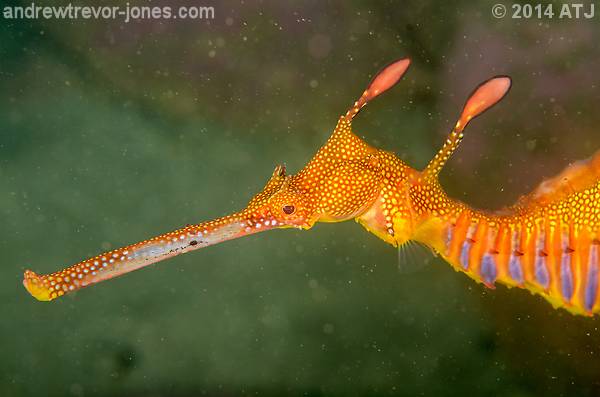
PT2014051701 on 14 June 2014 showing possible damage to his snout.
I saw him again 2 weeks later and the damage to the left side looked much the same.

PT2014051701 on 28 June 2014.
By 1 August when I next saw him, the damage appeared to be healing.
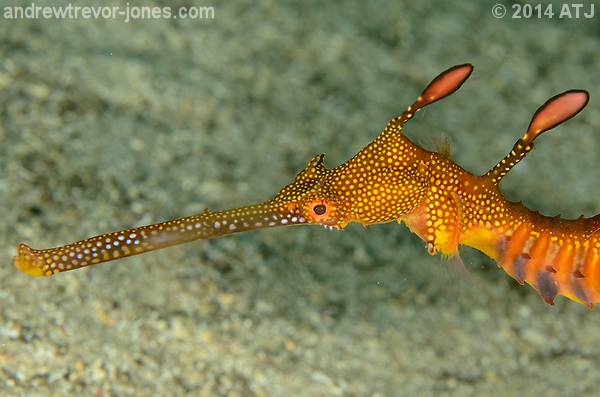
PT2014051701 on 1 August 2014.
On 20 September there was almost no sign of the damage but his spots had already changed.
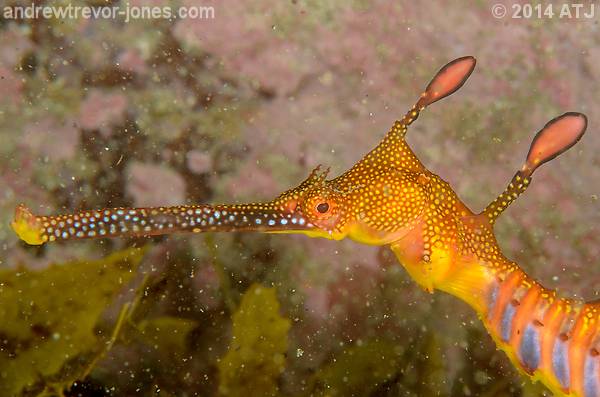
PT2014051701 on 20 September 2014.
I didn't see him again until 8 February 2015. By that time the spots on his left side were quite different.
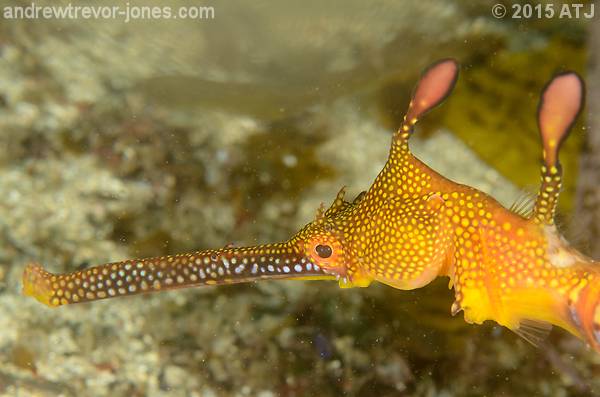
PT2014051701 on 8 February 2015.
Since that time the spots on his left side have been consistent.
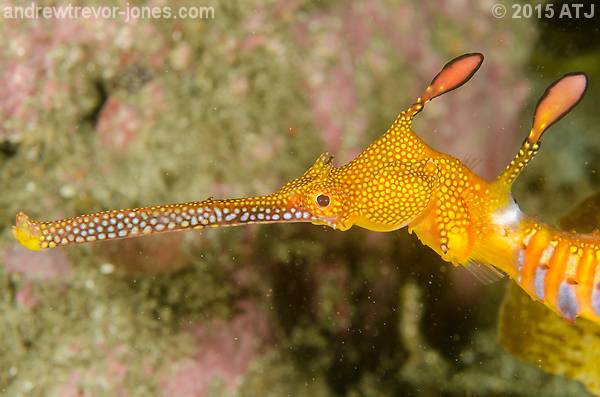
PT2014051701 on 1 March 2015.

PT2014051701 on 11 September 2015.
For comparison, here are photographs of his right side over the same time period.
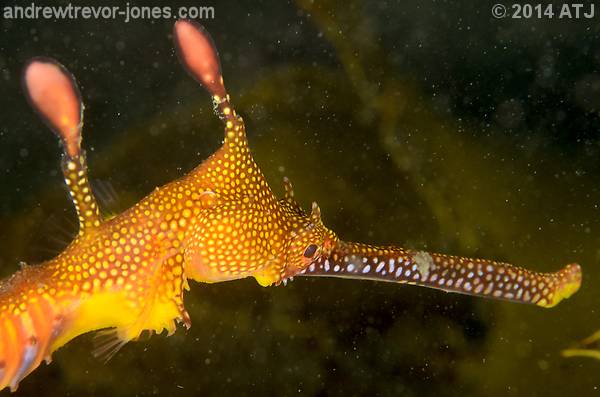
PT2014051701 on 17 May 2014.

PT2014051701 on 14 June 2014.
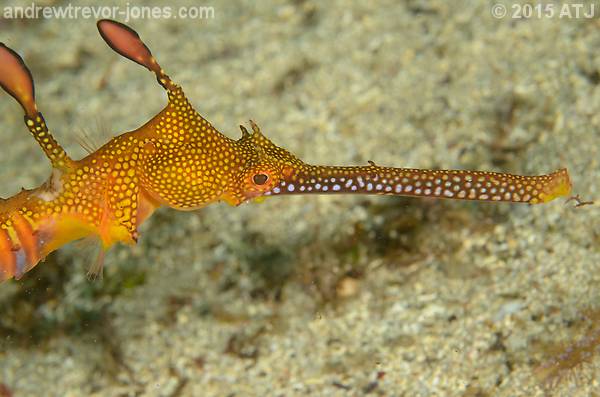
PT2014051701 on 8 February 2015.

PT2014051701 on 21 June 2015.
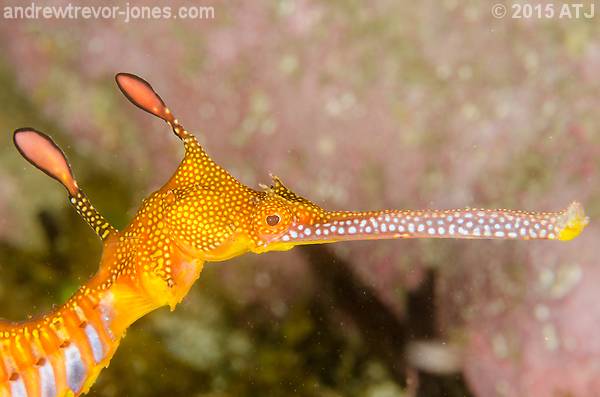
PT2014051701 on 11 September 2015.
This shows that I need to be careful when using the configuration of spots on the snout of weedy seadragons for identification purposes and it also shows the importance of getting photographs of both sides of the head.
Please leave Feedback if you have any comments or questions about this blog entry.